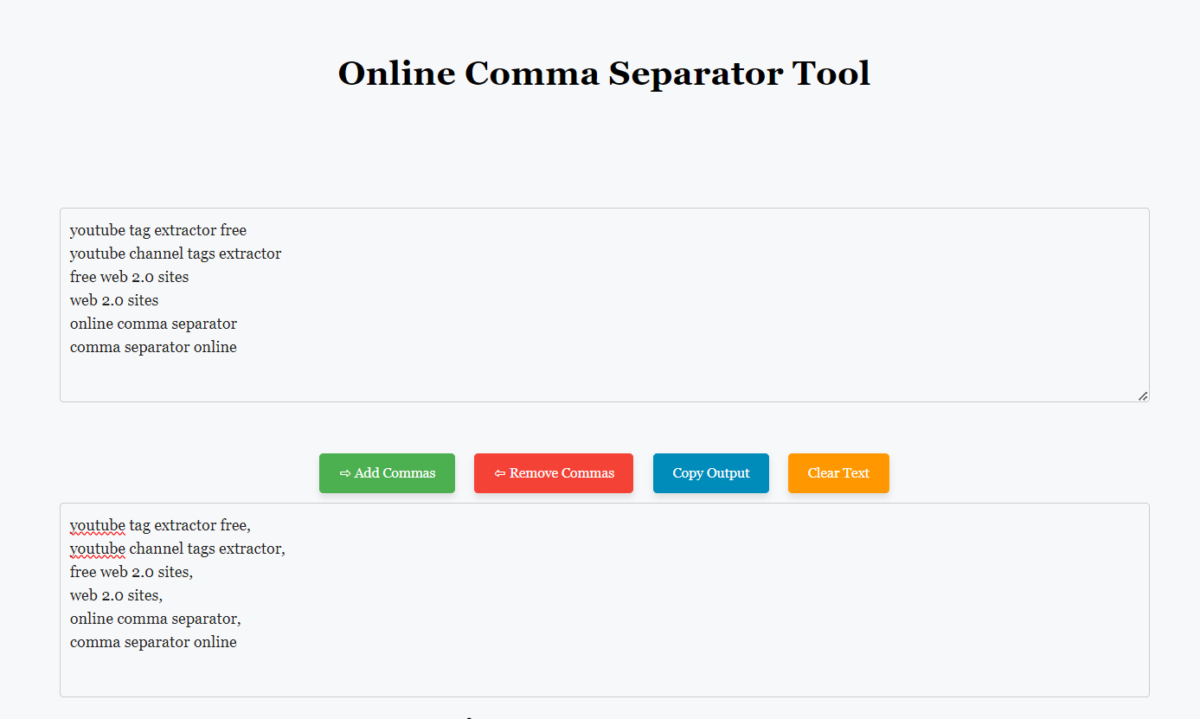How to Properly Use Commas in Online Writing

Commas may seem like small punctuation marks, but their correct usage can greatly impact the clarity and effectiveness of your online writing. Whether you’re composing an email, crafting a blog post, or engaging on social media, understanding how to properly use commas is essential for conveying your message accurately. In this blog post, we’ll explore practical tips and guidelines to help you master the art of comma usage in online writing.
1. Understand the Purpose of Commas
Commas serve several purposes in writing, including indicating pauses, separating elements, and clarifying the relationship between different parts of a sentence. By understanding these functions, you can use commas effectively to enhance the readability of your online content.
2. Use Commas to Separate Items in a List
One of the most common uses of commas is to separate items in a list. For example, “Please buy apples, oranges, and bananas.” Using commas helps to clarify each individual item in the list and prevents confusion.
3. Use Commas in Compound Sentences
In compound sentences where two independent clauses are joined by a coordinating conjunction (such as “and,” “but,” or “or”), use a comma before the conjunction. For example, “She enjoys reading books, and he prefers watching movies.”
4. Use Commas to Set Off Introductory Elements
When a sentence begins with an introductory phrase or clause, use a comma to separate it from the main clause. For example, “After finishing her work, she went for a walk.” This helps to signal the beginning of the main action in the sentence.
5. Use Commas to Set Off Nonessential Information
Commas are used to set off nonessential clauses or phrases that could be removed from the sentence without changing its essential meaning. For example, “The book, which was written by a famous author, became a bestseller.” The phrase “which was written by a famous author” provides additional information but is not essential to the meaning of the sentence.
6. Review and Edit Your Writing
After writing your online content, take the time to review it carefully for proper comma usage. Look for opportunities to add or remove commas where needed to improve clarity and readability. Consider using online comma separator tools to assist you in identifying and correcting comma errors.
7. Use Commas to Avoid Ambiguity
Proper comma placement can help avoid ambiguity in your writing. For example, consider the sentence “Let’s eat, Grandma!” versus “Let’s eat Grandma!” The placement of the comma completely changes the meaning of the sentence, highlighting the importance of careful punctuation.
8. Avoid Overusing Commas
While commas are essential for clarity, overusing them can lead to confusion and disrupt the flow of your writing. Avoid inserting unnecessary commas or using them excessively within a sentence. Instead, focus on using commas strategically to enhance readability.
9. Familiarize Yourself with Common Comma Rules
To improve your comma usage, familiarize yourself with common comma rules, such as those outlined in style guides like the Chicago Manual of Style or the AP Stylebook. Understanding these rules will help you make informed decisions about comma placement in your writing.
10. Seek Feedback from Others
If you’re unsure about your comma usage, don’t hesitate to seek feedback from others. Share your writing with peers, colleagues, or online writing communities and ask for constructive criticism. Taking the time to receive feedback can help you identify areas for improvement and refine your comma usage skills.
11. Study Examples of Proper Comma Usage
One effective way to improve your comma usage is to study examples of well-written sentences. Analyze how commas are used in various contexts, paying attention to their placement and the impact they have on the overall meaning of the sentence. Reading widely across different genres and styles of writing can expose you to a diverse range of comma usage patterns, helping you develop a keen eye for effective punctuation.
12. Stay Consistent with Style Guides
Different style guides may have slightly different rules regarding comma usage. Whether you’re following the AP Stylebook, the MLA Handbook, or another style guide, it’s important to stay consistent with its guidelines throughout your writing. Familiarize yourself with the specific comma rules outlined in your chosen style guide and adhere to them consistently to maintain coherence and professionalism in your writing.
13. Practice Regularly
Like any skill, mastering comma usage requires practice. Set aside time each day to practice incorporating commas into your writing. You can use writing prompts, exercises, or even rewrite passages from your favorite books or articles while focusing on proper comma placement. With consistent practice, you’ll gradually become more comfortable with using commas effectively in your online writing.
Conclusion
Mastering the proper use of commas in online writing is essential for effectively communicating your message to your audience. By following these guidelines and practicing regularly, you can enhance the clarity and professionalism of your online content. Remember to use commas to indicate pauses, separate items in a list, clarify sentence structure, and set off introductory elements and nonessential information. With practice and attention to detail, you can become proficient in using commas to elevate your online writing to the next level.










